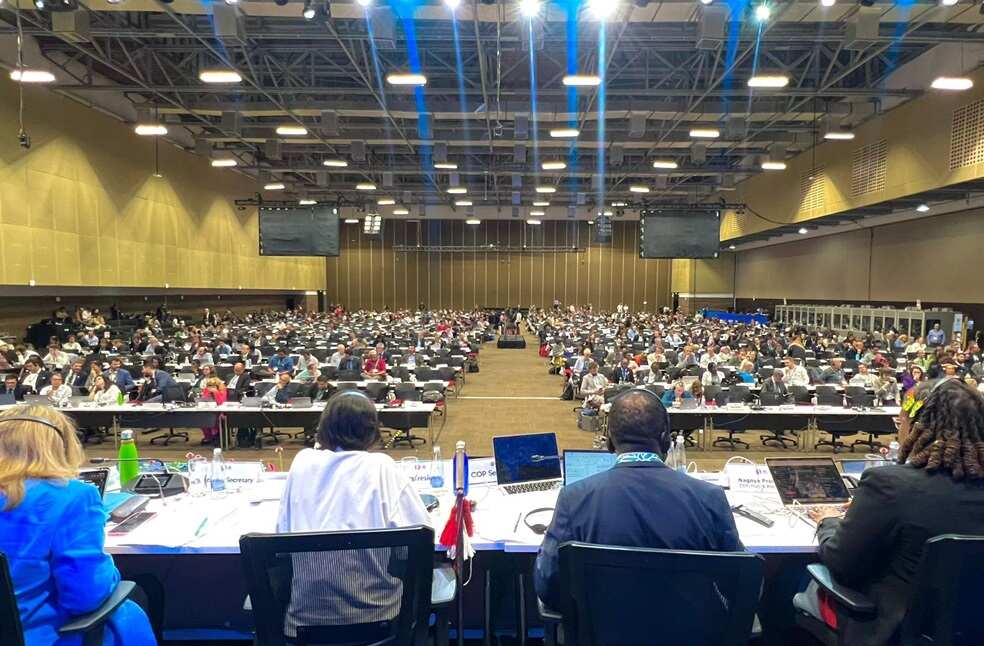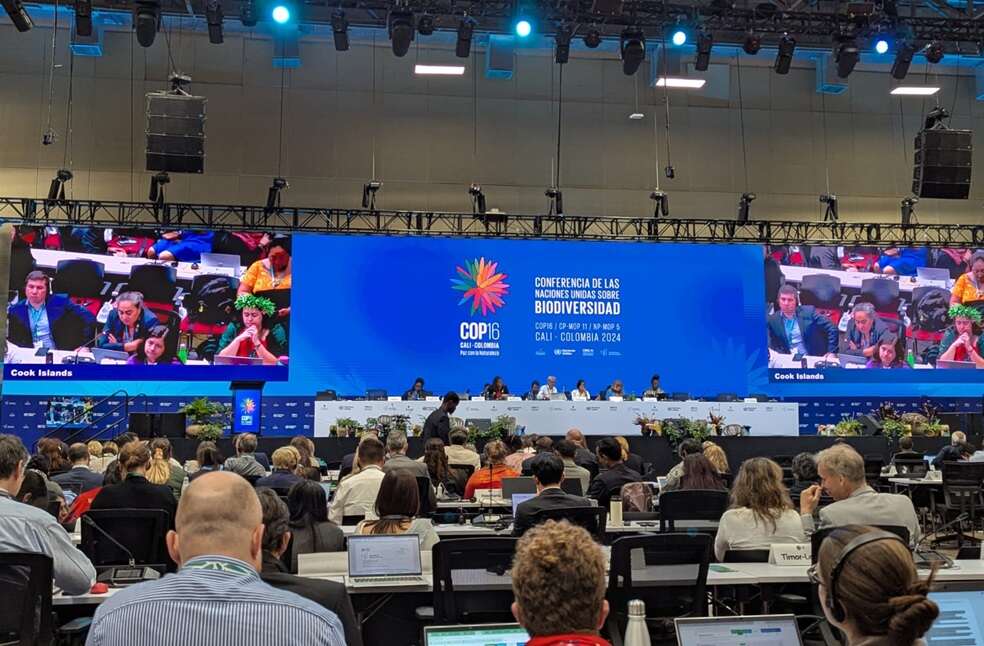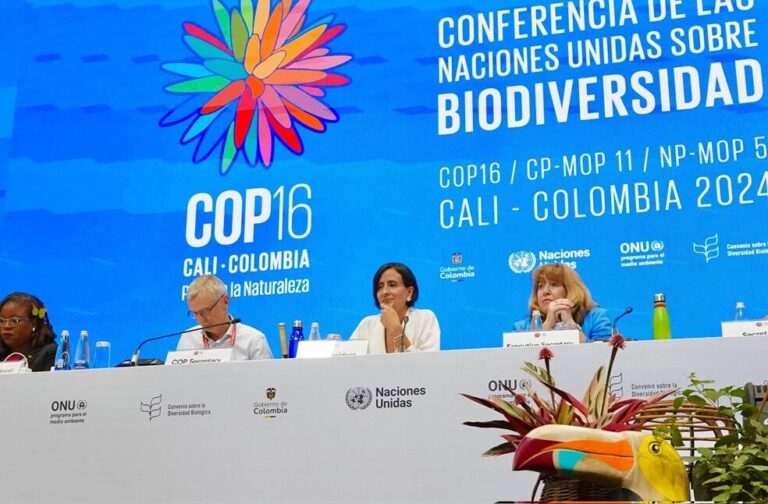Cali/ Colombia: The wealthy nations appear to have reached a limit on their contributions to global nature conservation, shifting the focus of discussions toward private funding solutions to fill significant financing gaps at the UN biodiversity summit (COP16).
During the negotiations, countries struggled to agree on how to mobilise the targeted $200 billion annually for conservation efforts by 2030, including a commitment of $30 billion from developed nations.
The funding was pledged two years ago as part of the Kunming-Montreal Global Biodiversity Framework agreement, intended to support initiatives like sustainable agriculture and wildlife reserve management.

Human activities such as farming, mining, and urban development continue to push the natural world into crisis, with approximately 1 million plant and animal species at risk of extinction. Over the past year, European governments, including Germany and the Netherlands, have cut their foreign aid budgets, while France and the UK have also reduced their contributions.
According to the Organisation for Economic Co-operation and Development, government development aid for nature conservation fell to $3.8 billion in 2022, down from $4.6 billion in 2015.
UN Secretary-General Antonio Guterres called on countries at COP16 to make significant new contributions to the Global Biodiversity Framework Fund. The response, however, was lacklustre, with nations pledging only $163 million, bringing total contributions to around $400 million-far below the $30 billion target by 2030. Notably, the United States, which is not a party to the UN Convention on Biological Diversity, has not made any contributions.

“The public money is already leveraged as much as we can. We now have to look at other sources of funding,” stated Florika Fink-Hooijer, the European Union’s director general for environment.
In light of the need for private investment, delegates at COP16 agreed to implement a plan that would require pharmaceutical and other companies to pay for their use of genetic information in developing new commercial products. Experts estimate that this initiative could generate about $1 billion annually, although this amount still falls short of the billions needed to prevent the collapse of critical ecosystems, such as the Amazon rainforest and coral reefs.
Marcos Neto, director of global policy at the UN Development Programme, emphasised the importance of enticing private investments into nature-friendly projects. Potential solutions include green bonds and debt-for-nature swaps, allowing countries to refinance their debts at lower interest rates to allocate savings toward conservation efforts. The World Economic Forum estimates that such debt-for-nature swaps could potentially generate up to $100 billion in nature funding.



